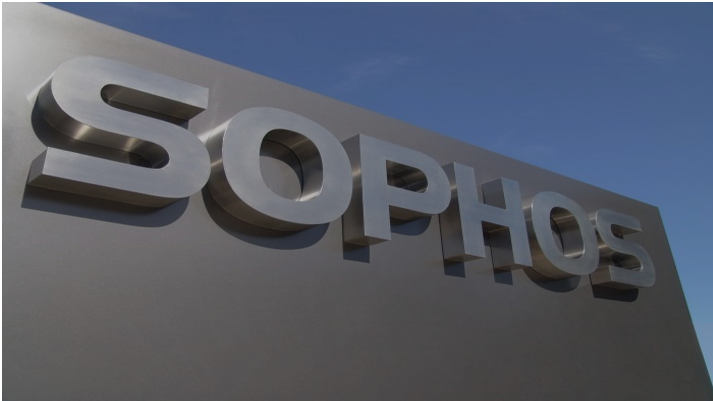
Sophos today announced, that Intercept X for Server Advanced with EDR has been enhanced with powerful cloud visibility features from Cloud Optix.
This integration gives customers critical insights into their wider cloud environments, including security groups, hosts, shared storage, databases, serverless, containers, and more in addition to the details on AWS, Azure, and GCP cloud workloads.
“Intercept X Advanced for Server with EDR and Intercept X Advanced with EDR give organizations unparalleled visibility and protection across their cloud, on-premises, and virtual estates. Cloud Optix shines a spotlight on complete cloud environments, showing what’s there, what needs securing, and making sure that everything stays safe and secure,” said Richard Beckett, public cloud senior product marketing manager at Sophos. “The dynamic nature of cloud environments – with assets being spun up and down as and when necessary to meet changing demands – can make security and compliance assessments time-consuming. In many cases, organizations need to log into multiple consoles and manually collate information to get a full picture. With Sophos, it’s easy as organizations get details about the entire cloud infrastructure across different public cloud providers on one screen, in a single management console and can dive directly into assets to get more detail about the organization’s asset inventory and cloud security posture.”
Key features:
- Cloud asset inventory– see a detailed inventory of your entire cloud infrastructure (e.g. cloud hosts, serverless functions, S3 buckets, databases, and cloud workloads), eliminating the need for time-consuming manual collation
- Access and traffic anomaly detection– unusual login attempts and suspicious traffic patterns are automatically detected and blocked or flagged to the admin as appropriate
- Security scans– daily and on-demand scans monitor your cloud environment to ensure its on-going security. Issues are automatically resolved where possible, with admin notification if manual intervention is required
- Configuration guardrails– stop accidental or malicious tampering with configurations that could negatively impact security posture
- Compliance policies– ensure that your cloud environment conforms to Center for Internet Security (CIS) best practices, helping keep your security posture at its best
- Alert management integrations– receive email notifications when manual intervention is required
Follow us on Telegram, Twitter, Facebook or subscribe to our weekly newsletter to ensure you don’t miss out on any future updates.



